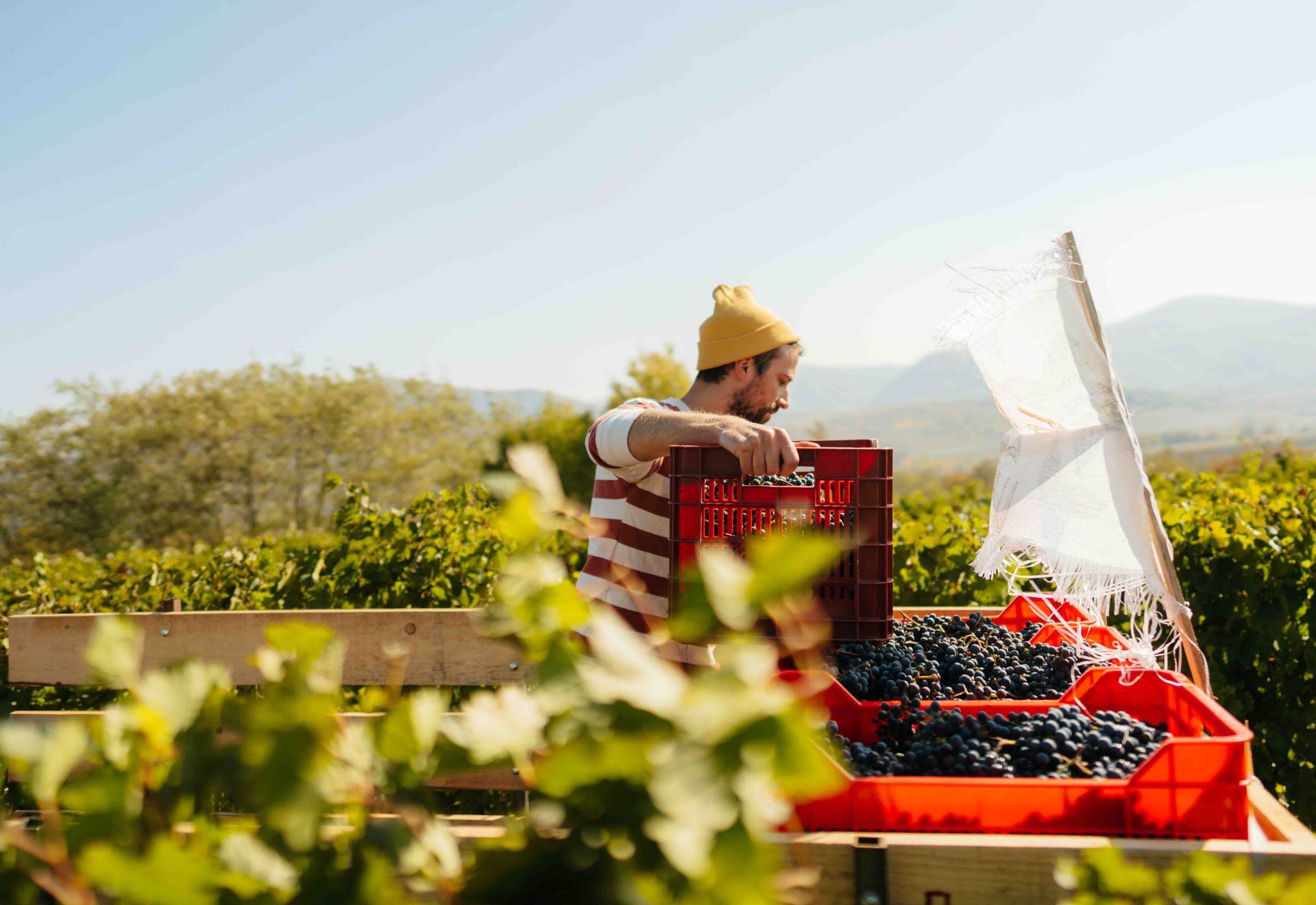It’s been a big month for Australian winemakers and employers, with news of expansions, exports, awards and challenges making headlines. As Australia’s leading recruitment and workforce management partners to the wine industry, Acclaimed Workforce keeps its finger on the pulse. Here, we wrap up some of the biggest news to come out of Australia’s wine regions this month.
Penfolds to produce wine in China
In order to bypass the crippling tariffs, iconic South Australian wine brand Penfolds has announced plans to produce wine in China.
Penfolds’ parent company Treasury Wine Estates (TWE) will release its first “made in China” vintage late this year, after tariffs ranging from 107 to 200 percent were imposed on all Australian wine imports in November 2021.
The group’s first trial wine, which will be distributed to local customers, will be made from grapes sourced in the Ningxia region and will be a range of red blends priced at the lower end of luxury wine.
“China is an emerging fine winemaking region and we’re confident we can produce a premium Chinese Penfolds that maintains the distinctive Penfolds house style and uncompromising quality”, TWE chief executive Tim Ford told The Australian.
“As a leading global wine producer, we have a responsibility to help build the wine category and industry in our different markets.”
Treasury Wine Estates unveils its new $165 million facility
In more news for TWE, the winemaker has unveiled its new $165 million wine production facility in the Barossa, which is now the largest premium winemaking site in the Southern Hemisphere.
With the capacity to produce more than 100 million litres of wine every year, the new site includes an additional production line, processing infrastructure and additional barrel storage facilities. This move is expected to increase TWE’s winemaking capacity by one-third, drive production efficiencies, and expands TWE’s storage capacity.
The state-of-the-art facility is set up to align with TWE’s commitment to net zero. Solar panels will be installed to offset 22 percent of the site’s energy consumption from the grid, and a purpose-built 254 megalitre dam has been built to store treated water waste in winter and irrigate vineyards in summer.
Decreasing Australian wine exports
According to Wine Australia’s latest Export Report released this month, Australian wine exports decreased by 26 percent in value to $2.05 billion in the year ending March 2022. The year-on-year figures continue to reflect the impact of high tariffs on bottled Australian wine imported to mainland China and the challenging global market conditions.
While exports decreased by 13 percent in volume to 628 million litres, the average value increased by 11 percent to $3.26 per litre. The top seven contributors to this growth were Singapore, Hong Kong, Thailand, South Korea, India, Japan and Taiwan, indicating that market intensification and diversification are having an impact.
Australian grenache named world’s best for the first time
Australia was awarded an impressive 54 Gold Medals in this year’s International Wine Challenge, coming only second to France. But, in what’s considered the world’s most impartial and rigorously judged wine competition, one Australian wine stood out.
For the first time in the competition’s 39-year-history, an Australian grenache from South Australian producer, Pinnacle Drinks, won the trophy for best international grenache. ‘The Ethereal One Fleurieu Grenache 2020’ was crafted using grapes grown in South Australia’s Fleurieu Peninsula, which is known for producing exceptional grenache due to the region’s warm climate and old vines.
Globally, Grenache is one of the most widely planted red grape varieties, but is only recently experiencing a resurgence of popularity in Australia as winemakers switch their focus towards lighter styles which are becoming increasingly sought-after worldwide.
[yellow tail] recognised as world’s most powerful wine brand
For the fifth consecutive year, Casella Family Brands’ Riverina wine [yellow tail] has added to its global reputation after being named the World's Most Powerful Wine Brand of the year.
The Wine Intelligence Global Wine Brand Power Index is curated with feedback from over 25,000 wine consumers in 25 markets, representing over 400 million wine drinkers globally. Calculated on a global scale, the index takes three key measurements into account; brand awareness, recalled purchase and brand connections.
Casella to sell off 35 vineyards
The big news for Casella Family Brands continues, with the wine producer embarking on one of Australia’s biggest vineyard sell-offs in history. The company, which owns the above mentioned [yellow tail], Peter Lehmann Wines and Morris of Rutherglen, plans to offload 7258 hectares of land, equating to 35 properties across South Australia and NSW.
The decision by the family-owned company comes after a strategic review of the business, which resulted in a decision to divert funds into brand-building rather than being vineyard owners.
If you’re looking for wine industry talent, or for a job within the wine industry, partner with specialists in the industry and
contact Acclaimed Workforce today.



